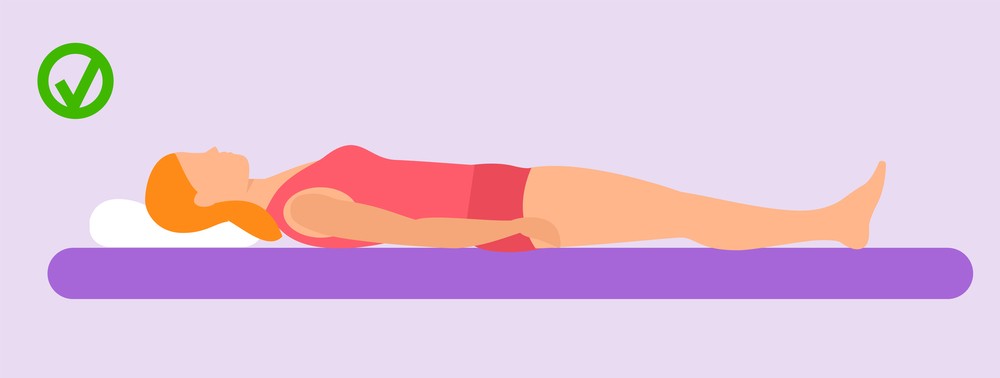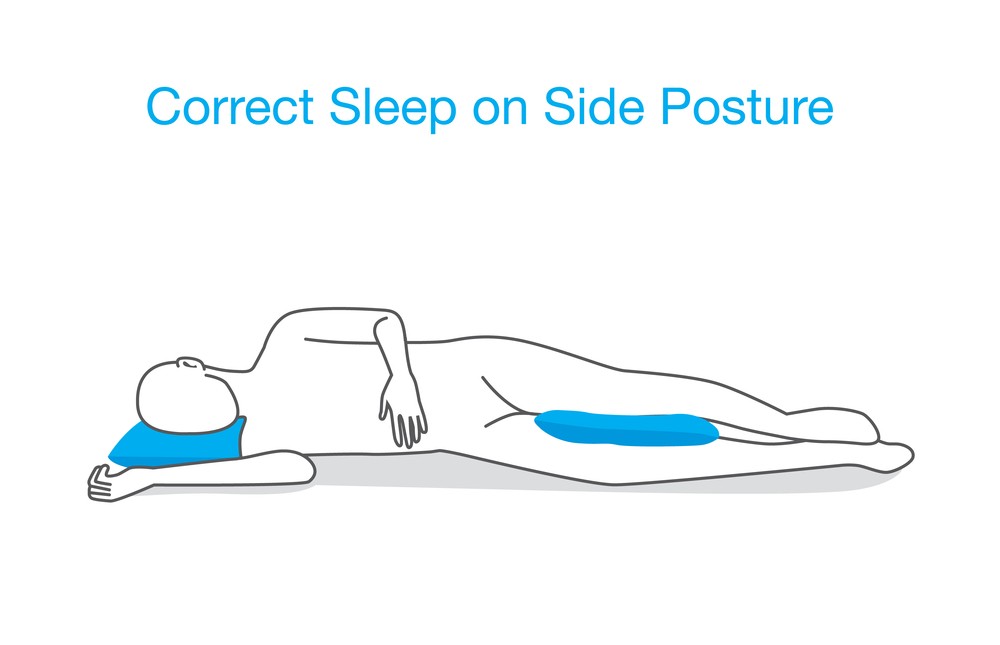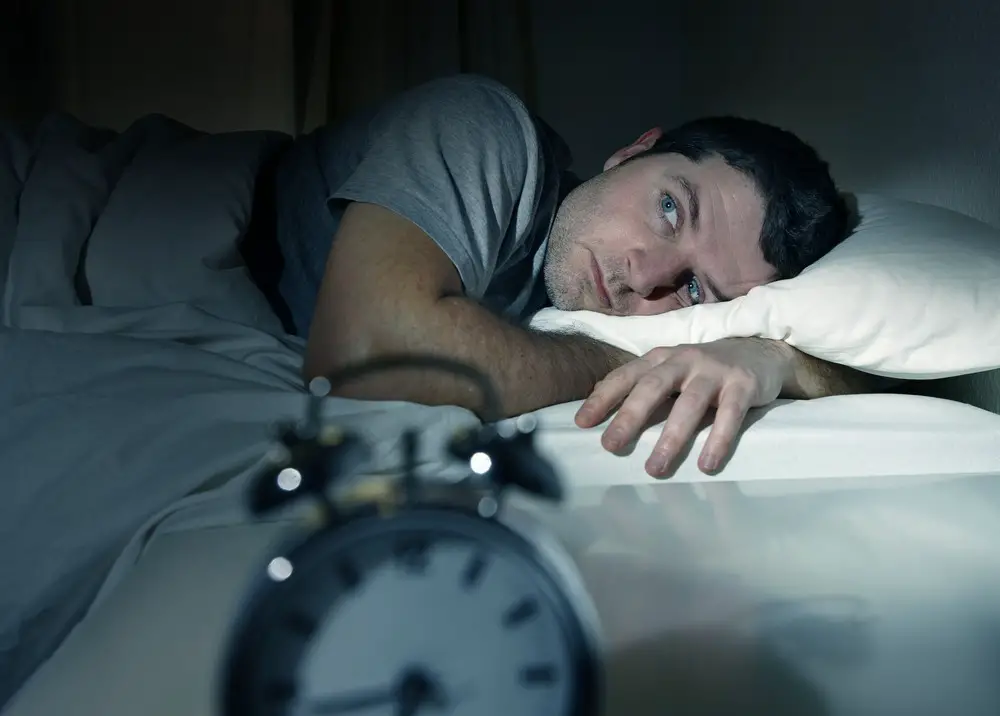As a BetterHelp affiliate, we receive compensation from BetterHelp if you purchase products or services through the links provided
Are you looking for a way to sleep better at night? If so, you might wonder about the best way to do so. Many people have issues falling asleep at night, which has to do with the position you take. Your sleeping position can significantly impact your ability to fall asleep and stay asleep. Your sleeping position is even more critical if you suffer from chronic medical conditions, including chronic pain. What are some of the best ways to figure out the best position for you to sleep at night? There are several tips you should follow, so take a look at the list below.
1. Make Sure You Are Tired When You Crawl Into Bed
First, you must ensure you are tired when you crawl into bed. If you are not tired before you go to sleep at night, you will have difficulty falling asleep, no matter what sleeping position you try. Therefore, try to exercise for a few hours before you go to bed. If you exercise right before bed, you will have difficulty falling asleep. You should also try to stay away from caffeine in the afternoon. Caffeine has a half-life of five hours, so if you drink it in the afternoon, you will still have it in your system when you try to sleep. You need to establish a robust circadian rhythm that will make it easier to fall asleep at night.
2. Start By Laying on Your Back With Your Arms on Your Side

Next, start by laying on your back with your arms at your side. This is the most common sleeping position, and it is the one that works for most people. There is a good chance that you have already started with this sleeping position. This position aims to keep your legs, back, shoulders, and neck aligned. It is a relatively neutral sleeping position, so if you do not have chronic medical conditions, this could be the best one for you. On the other hand, it could make you more prone to snoring and sleep apnea. This may not be your best sleeping position if you suffer from chronic obstructive sleep apnea.
3. To Protect Your Skin, Consider Lifting Your Arms Up
If you are concerned about skin breakouts, you may want to consider lifting your arms over your head. For example, you may want to talk your arms underneath your pillow. The goal is to tug upward on your facial skin slightly. That way, you can keep your skin tight when you sleep. It could help you prevent the development of wrinkles, but this is still actively being researched. It could provide extra comfort underneath your head, but you need to be careful not to stress the nerves in your arms and shoulders.
4. Consider Sleeping in the Fetal Position
There are several risk factors for obstructive sleep apnea. If it runs in your family or you are significantly overweight, you could be at a greater risk of developing obstructive sleep apnea. That means extra fat is pressing on your airway, which could obstruct your air when you sleep. If you have obstructive sleep apnea, you must get off your back. That is where the fetal position could be helpful. You sleep on your side with your knees bent in the fetal position. It could help you stop yourself from snoring at night, but it could also place some necessary stress on your neck. You may want to put a pillow underneath your neck when you enter the fetal position.
5. Think About Adding a Pillow Between Your Knees

If you have joint pain, you might also be uncomfortable sleeping on your side. For example, if you suffer from ankle and knee pain, you may not like having your legs directly on top. The extra pressure could be uncomfortable. The best way to alleviate this issue is to put a pillow between your knees and ankles. You do not necessarily need to use a specific pillow. If you have an extra pillow on your bed, that will probably be good enough. Consider sliding this pillow in between your knees and ankles for a bit of extra comfort.
6. You May Want To Try Sleeping Face Down
If you suffer from GI problems, you may want to consider sleeping face down. This is a great way to alleviate pressure on your digestive tract, but you must ensure you have a comfortable way to breathe if you sleep face down. If you sleep face down and turn your head to the side, you may place unnecessary stress on your neck. This is generally a position that you want to avoid. You may be able to find a unique pillow that has a cut-out around the face to make it easier for you to breathe. It may take some time for you to get comfortable in this position.
7. Give Each Position a Fair Shot
Finally, one of the biggest reasons people have difficulty finding the correct position to fall asleep in is that they do not give each position enough time. You are not going to fall asleep in a few seconds. You must give a physician a sustained trial to determine what works best.

Find the Best Sleeping Position at Night
Even though finding the best way to fall asleep at night can be challenging, you need to take a methodical approach. If you gradually find the correct position to fall asleep, you should have an easier time getting the rest you require. Furthermore, if you sleep properly at night, you should wake up in the morning with more energy. You may feel well rested and have an easier time taking on the day. Remember that if you feel like you have a chronic problem that makes it hard to sleep at night, you should schedule an appointment with your primary care doctor. That way, you can figure out if something more serious is happening underneath the surface.
- 7 Ideas to Help You Relax and Unwind on a Family Vacation - April 27, 2025
- How Having Cybersecurity Protection Helps You Relax - April 25, 2025
- 8 Reasons Why Spending Time Outside Calms You Down - April 25, 2025
This site contains affiliate links to products. We will receive a commission for purchases made through these links.



